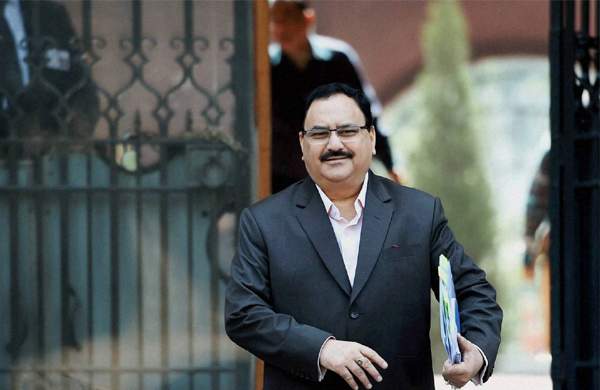Mumbai: Editorials in most newspapers on January 21 focused on the unopposed election of 59-year-old J.P. Nadda as the president of the Bharatiya Janata Party (BJP). Nadda, who succeeds Union home minister Amit Shah, had been appointed as a “working president” for over seven months and his elevation has been in the works for some time, the Times of India noted.
The TOI editorial, while describing the recent decision, emphasised more on praising the two important party faces: Narendra Modi and Amit Shah and stated that, “Nadda has very big shoes to fill.” The editorial states:
“Not only has the party membership expanded manifold since 2014, Shah is credited with creating an electoral juggernaut that has steamrolled through the length and breadth of the country. His astute electoral management, including the introduction of panna pramukhs, has been the perfect foil for PM Narendra Modi’s charisma.”
The editorial piece further spoke of the challenges that Nadda would have to face including anti-incumbency against BJP in the states.
The Indian Express editorial, on the other hand, straightaway focused on the challenges looming over Nadda’s head. “It cannot afford to overlook the setting — with the economy sputtering, inflation returning and investment drying up, India’s growth and its famed demographic dividend seem imperilled,” the editorial reads.
The Express also noted that Nadda’s appointment was “unlikely to change the reality that the BJP is now Amit Shah’s party”. The editorial further pointed out that “It could even be said that Nadda is being elevated to the post precisely because he ticks the boxes without posing a threat to another power centre.”
Also read: How Soft-Spoken J.P. Nadda Found His Way to BJP’s Top Post, Despite His Tainted Record
Nadda, who has remained low key and uncontroversial, the Indian Express said, “will (yet) be watched for the impression he makes on the polity and the party in what are testing times for both.”
The Hindustan Times’s editorial made an inquiry into Nadda’s “organisational skills” and compared it with that of Shah. “It can be argued that Mr Nadda’s was more a selection than an election,” the editorial stated and further added that the way the BJP had selected its chief was in sharp contrasts to that followed by the Congress, “…which is making do with Sonia Gandhi as an interim president after Rahul Gandhi quit the post last year and the party couldn’t find a replacement”.
The Hindustan Times editorial also noted that Nadda’s election was also an example that one could work his way up in the BJP—perhaps right to the top and didn’t need to be a dynast.
Among issues that Nadda would have to take head-on, the editorial lists the BJP’s poor management of its allies and the campaigns underway. The Hindustan Times‘ editorial, looks, uncritically, at the nullification of Article 370, the passage of the contentious Citizenship (Amendment) Act, and the Supreme Court’s verdict on the Ram temple at Ayodhya, as mere checks of the boxes in the party’s manifesto.
